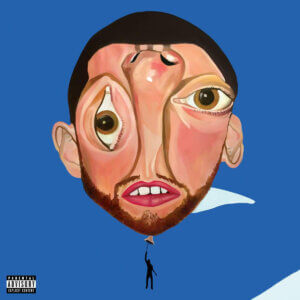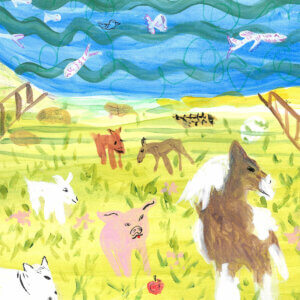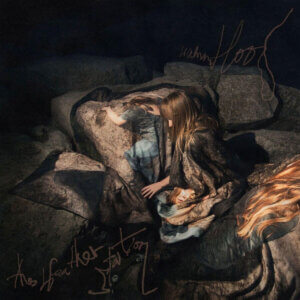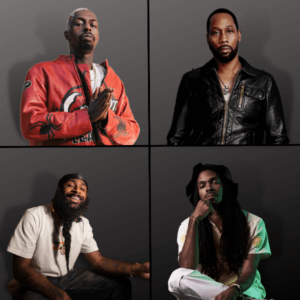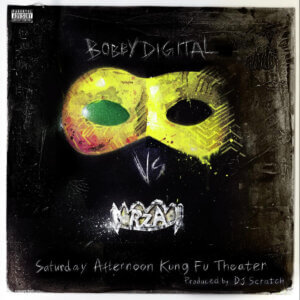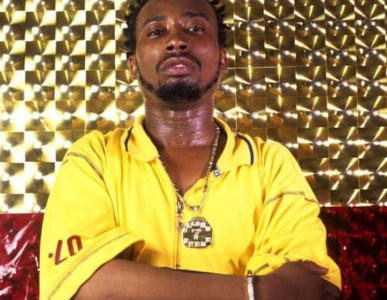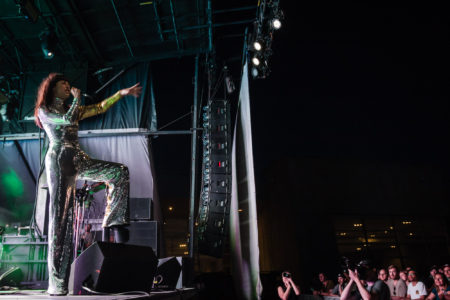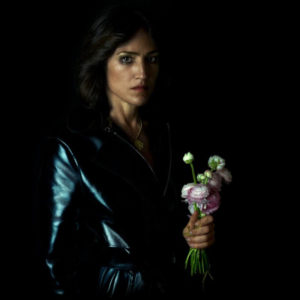The Mathematics of Wu-Tang Clan’s Success
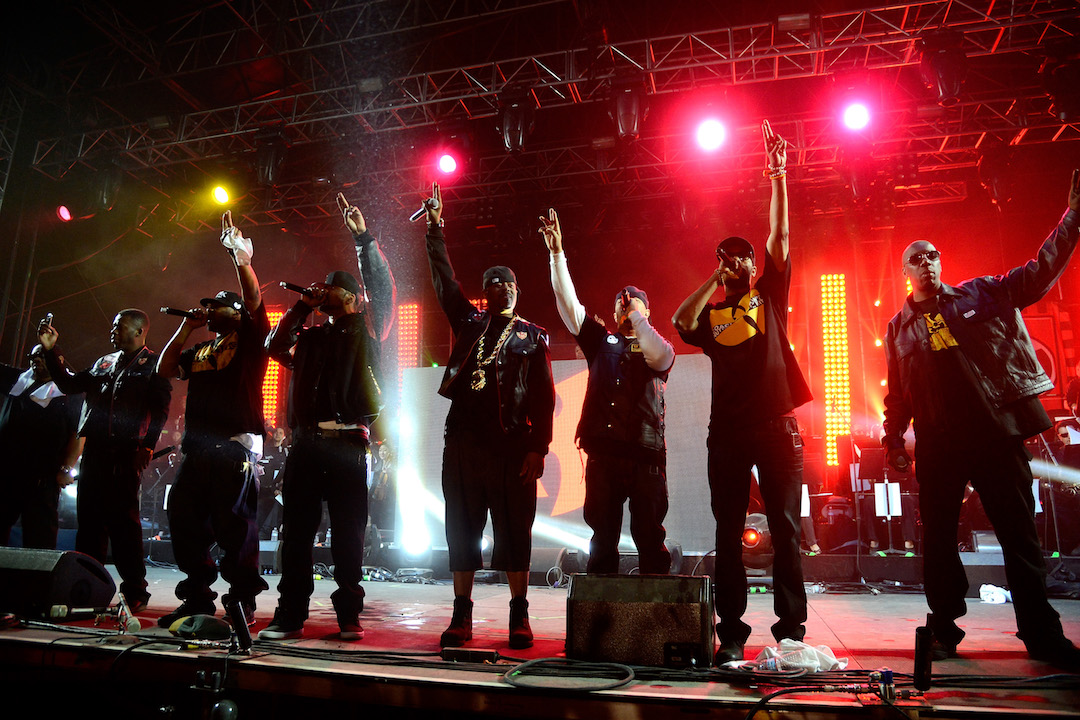
Wu-Tang Clan has always been one of the more unique and dynamic groups in hip hop, and their latest release The Saga Continues has shown us already that they’ve still got a lot to say. Mathematics started to DJ with the group from its early days, touring with solo projects and even drawing the now iconic Wu-Tang “W” logo. After years honing his craft as a producer, he impressed the group enough to produce a few tracks on A Better Tomorrow which led to his role producing their latest record in full. We chatted with Mathematics about the making of Wu-Tang’s new record, his hard work to become their producer, the legacy of their logo and why he believes artists have a duty to promote positive messages.
Northern Transmissions: You’d worked on some albums in the past with them but was different with this album and how did you want to improve on your previous work with them?
Mathematics: This whole project happened naturally and organically. The first thought came during the making of A Better Tomorrow. RZA saw my production and the way it was going, he suggested to me “Why don’t you do the next Wu-Tang Clan album?” I thought “Nah, I’m good” because I didn’t think I was ready and it’s a heavy burden to carry. You’re dealing with these guys that have developed into men who don’t see everything the same as before. I knew it was a lot, and I saw everything that RZA was going through during the making of A Better Tomorrow.
My determination was to get some tracks going that my brothers would here and want to jump on. I actually accomplished that because I travel with them, and I DJ for them and Method Man. I’m on a roll with Method Man the majority of the time and he was saying he would jump right on board. Redman was right there with me too even when the project just got started. So it got to a certain point and I checked in with RZA, I showed him what I had and he said “That sounds like some Wu-Tang shit right there.” He just told me to keep doing what I was doing and come back. I had to book studio time in Europe, but I was coming with beats that they were attracted to.
NT: How has your role with the group evolved throughout the years?
M: I started out DJ’ing for GZA and I was also doing graffiti, RZA did that too. I did the Wu-Tang logo and I also did GZA’s album cover, those are my original sketches. As far as production, I didn’t really start for a while. RZA was there at the time, and one person’s project was everybody’s project. During the making of Only Built 4 Cuban Linx… by Raekwon, I got to watch RZA make “Ice Cream.” I’d seen him work before but watching the transformation one night while we were hanging out. I asked him “How do you make that” and he started busting out equipment like the ASR-10. After that, I started producing as a battle to get on the albums, but they were inspiring me like a competition so I would work even harder. That’s how I started, and then I started making albums. One of my first tracks was on an NFL Jams album with Ghostface and Andre Rison, it was called “Fast Life.”
NT: Looking at the Wu-Tang Clan symbol you designed back in the day, I heard you ended up in a rushed situation to make it, so did you craft it with more of a lasting quality in mind or did it just work out like that?
M: It just worked out. I had no expectations on it. I did RZA’s first stickers back in his Prince Rakeem days, pre Wu-Tang. He always had this idea in his head to do Wu-Tang some kind of way. The stickers he had me make were graffiti letters, and I was into the karate flicks and all that too. They started talking about doing the logo, RZA was talking about the Protect Your Neck thing, but we thought lets trim it down to a W. RZA said “Yeah, holding a cut-off head.” I drew this W with hair and a head cut-off but it was too graphic. Time passed and then I get a call from RZA saying “Hey man, I need the logo tomorrow!” so I said “Okay, no problem.” I was working at the time as a carpenter, so I got home from work, I went to the store and got a 40oz of Old English, I was living in the projects at the time. I drank my 40, smoked a little blunt and got to work, that’s how it came to work.
Next day, I was on the job, and RZA, Ghost, Power and Divine came to pick up the logo. They saw it and knew it was it, and the rest is history.
NT: How do you feel about how it’s been co-opted as a fashion symbol now as much as an actual logo?
M: It just evolved into a whole different thing. From Wu-Wear to the albums, to everyone using it as their logos. I can honestly say that when I did it I never visualized all this. But I’m grateful though.
NT: I heard you were actually listening to the early Wu-Tang work for this album so I was curious how you wanted to bring those forward while honoring the band’s sound?
M: I’m brought into this position as a producer, I was brought onto that last album. I felt at a time I would just throw it back, but I’m constantly working and trying to perfect my craft. When I went back to working I decided to alienate myself from what was going on in the outside world, but before I shut my ears off, I decided to listen to two more albums. The first was Enter the Wu-Tang (36 Chambers) because that was my roots, and I took the time to study it musically, I went through it with a fine comb. After that I listened to my second favourite producer in hip hop, which is Dr. Dre. I listened to The Chronic 2001, and I really took some notes from that. I didn’t want to imitate either one of them, because they’re their own entities. I wanted to create my own entity and learn from them, because they have magic in those albums. I took what I learned and applied it to what I was doing.
NT: Looking towards that early Wu-Tang work, what’s drawn you back to those records and the ASR-10 going into this release?
M: The ASR-10 has a certain sound to it, and I used it differently than I would normally use it. Back in the day I would’ve chopped something up before putting it in. There’s no samples on this album, everything’s played by me and if I couldn’t play it, I would bring someone in who could. When I was creating these sounds, I would run it back through the ASR-10 to get that sound. I was using modern equipment but I wanted a motif, I loved this sound. I actually heard RZA say “That was genius, I wish I would’ve thought of that during the making of A Better Tomorrow.”
NT: How did you get involved with TV music and how have you found that effecting your work as a producer on the whole?
M: I was doing a show at the House of Blues, Wanda Sykes and Lance Crouther actually came through. Lance Crouther was Pootie Tang, so we were just kicking it back stage and happened to be mutual fans. They knew a lot of the work that I did at that time, so we decided to work together. I have a lot of respect them, they’re my people, if they ever called me up for help I’m there. They gave me my opportunity, and my first shot working in TV. I learned a lot, unfortunately “Wanda At Large” was cancelled after one season but that’s a role I would like to get back into again. I’ve learned so much more now so I would love to get back into that.
NT: The album also balances the usual skits with much more serious messages, where did you find these amazing rants on “Message” and “Family” and what was it that inspired you about them?
M: For me music is entertainment, but you do have a certain obligation if you feel something or know something to get it out. Not everyone will want to hear an album that’s too preachy, so I like to put the messages in the music. You’ll have a track like “Frozen” where they’re just spitting and then “Pearl Harbour” but then you have “Why Why Why” where RZA’s touching on certain things. With these sketches I thought I could get certain messages out. With “Message” I did that to do something musically, but that’s Kabe Hiawatha Kamene and Kenyatta who does a podcast where he speaks to people. When I heard that, I hit him up and told him “I need this.” Because the message really relates. There’s a vibe between the elders and the youth in hip hop that shouldn’t be. He asks “Where’s the father figure at?” but these guys are working hard, so I can’t knock their hustle. If you feel like you disagree with someone, talk to them personally. I wanted to convey that message. I tried to set a mood with those. “Famous Fighters” is more to our roots as a karate bit, so I just wanted to mix it all together.
Words by Owen Maxwell
Latest Reviews
Tracks
Advertisement
Looking for something new to listen to?
Sign up to our all-new newsletter for top-notch reviews, news, videos and playlists.
